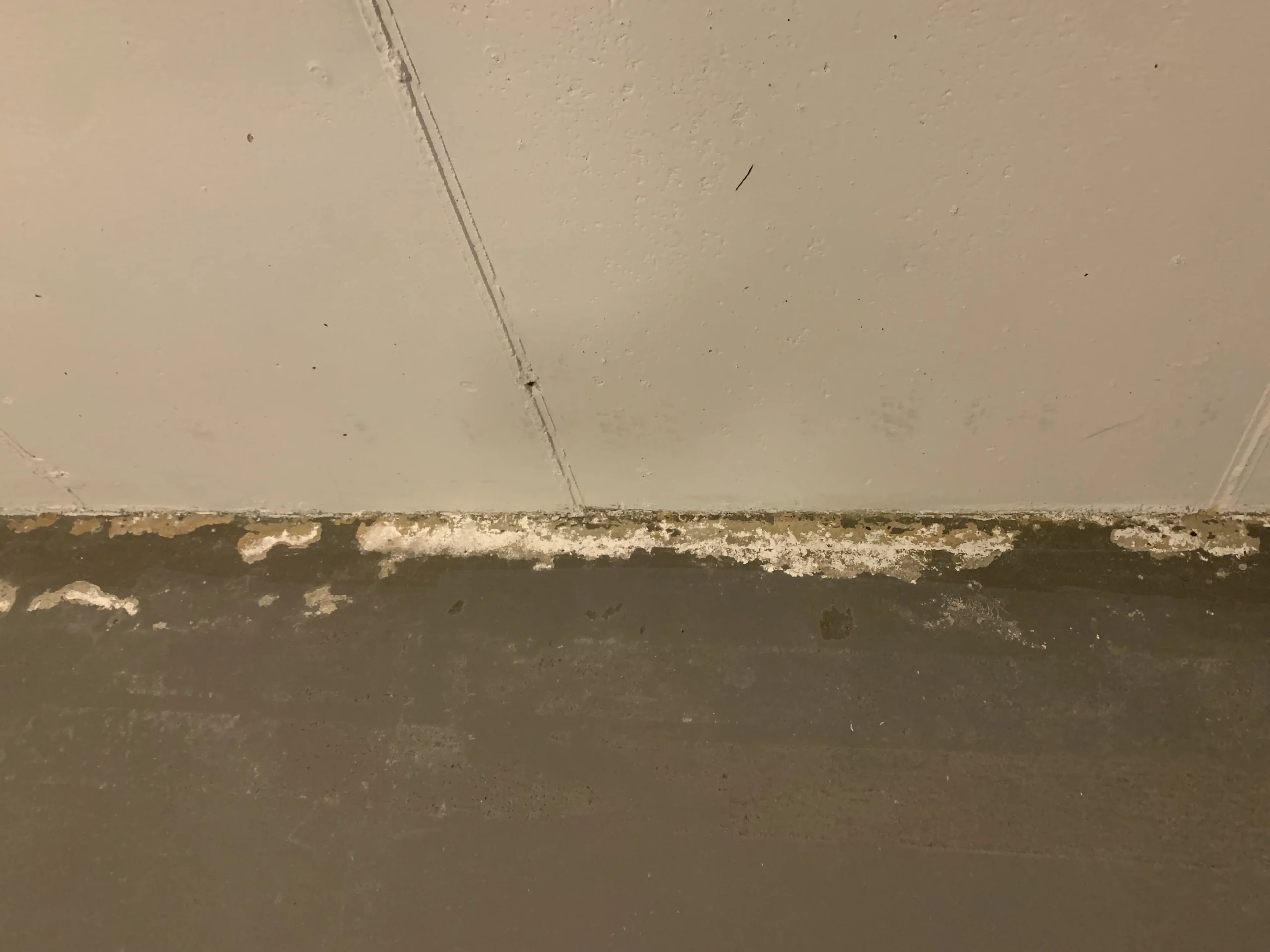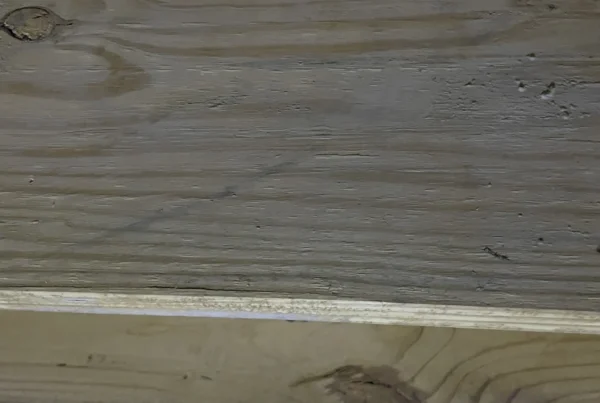Inspection of a Carmel Residence
Homeowners in Carmel, IN, recently contacted Indiana Mold Remediation about an alarming white substance on their basement floor. The homeowner feared mold growth, which is understandable given the common problems basements face. However, our virtual inspection quickly identified this substance as efflorescence, a harmless but concerning mineral buildup that can resemble mold.
What is Efflorescence?
Efflorescence occurs when water travels through masonry surfaces like brick or concrete, carrying dissolved minerals like calcium carbonate, sodium carbonate, or calcium hydroxide. When the water reaches the surface and evaporates, these minerals are left behind, resulting in a chalky, white residue. Though it may look alarming, efflorescence isn’t harmful like mold. However, it can be a sign of moisture issues.
In this particular case, the homeowner had been dealing with exterior drainage issues, which were allowing water to seep through the foundation walls. The customer had already resolved the drainage issue, but the efflorescence had occurred prior to those corrections.
When to Be Concerned About Mold
Mold can cause serious health problems, especially for those with respiratory issues or allergies. Although we did not suspect mold in this instance, the homeowner wanted to be absolutely sure. We performed a surface swab and sent it to an accredited lab for analysis. The results? No fungi detected, just as we expected.
- My Prediction: No, This is Not Mold
- Test Result: No, This is Not Mold


Addressing Moisture in Your Basement
Efflorescence itself isn’t a major concern, but it serves as a warning sign that moisture is present. Addressing the root cause of this moisture is essential to prevent potential mold growth in the future. Improving exterior drainage, ensuring gutters and downspouts are working effectively, and even considering a dehumidifier for the basement are all good measures to take.
If you’re noticing a similar white substance on your basement floor or walls, don’t panic. There’s a good chance it’s efflorescence. However, to give yourself peace of mind, consider contacting a professional to verify whether it might be mold and to identify the source of moisture so it can be managed effectively.
Key Takeaways
- Efflorescence is a mineral buildup that can look like mold but is harmless.
- Moisture control is essential to prevent efflorescence and potential mold issues.
- Proper drainage is key to avoiding moisture problems in the basement.
- Regularly inspect and maintain gutters, downspouts, and exterior drainage systems.
- Using a dehumidifier can help keep indoor moisture levels in check.
- Testing by a professional can confirm whether you have mold or another issue.




